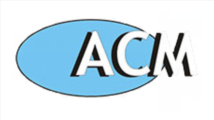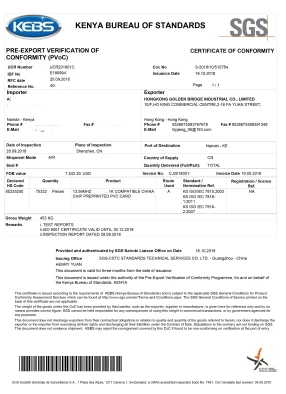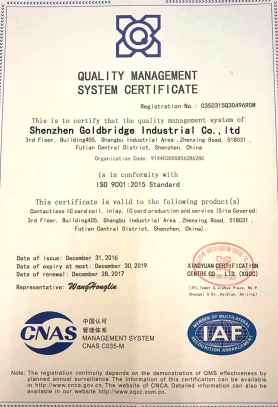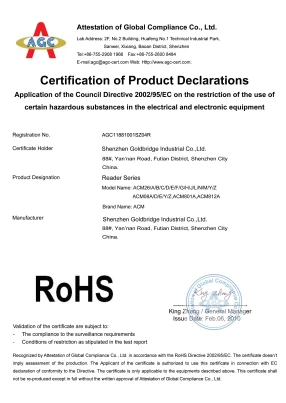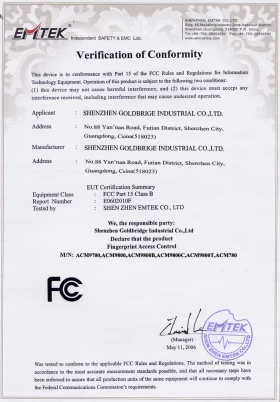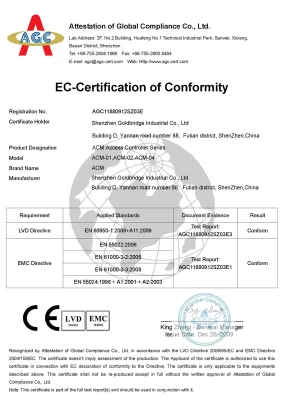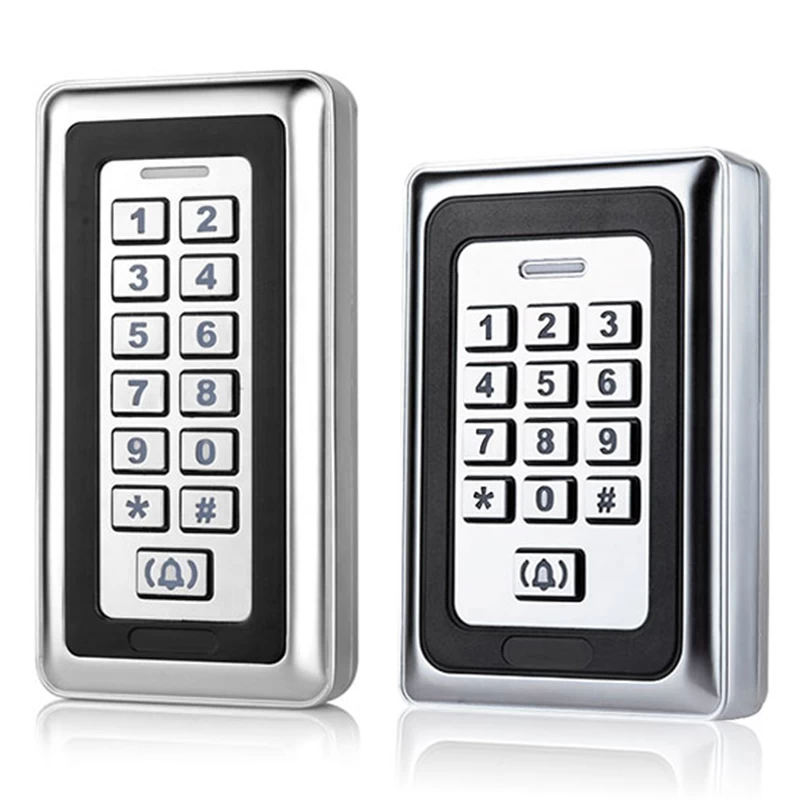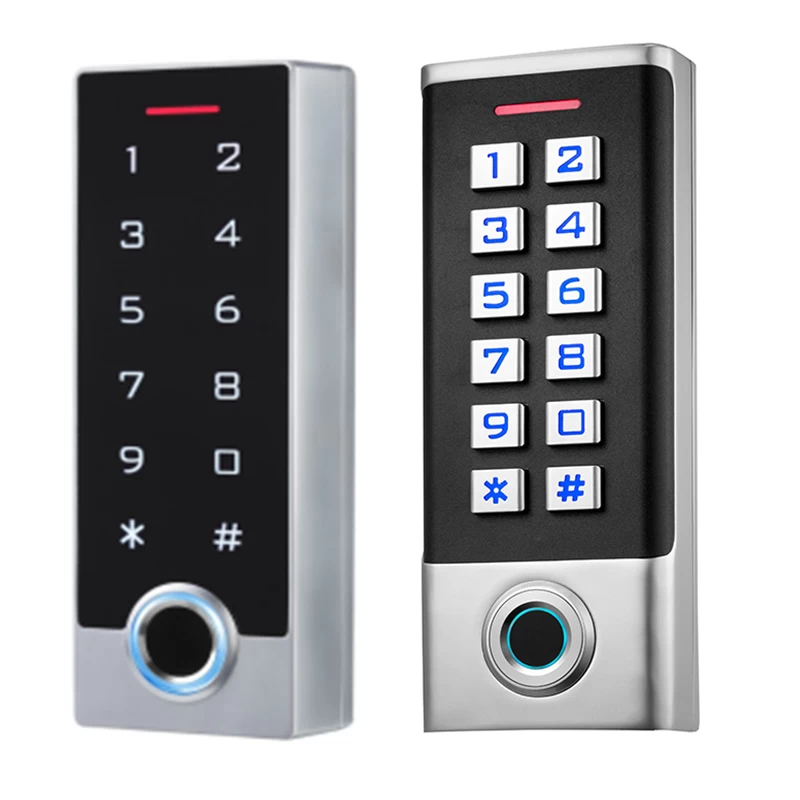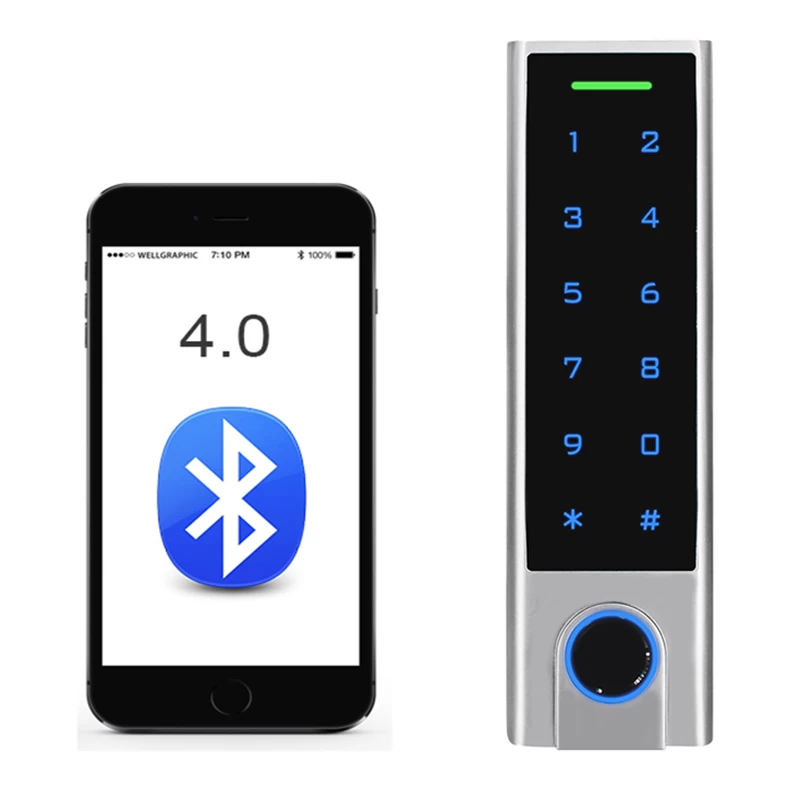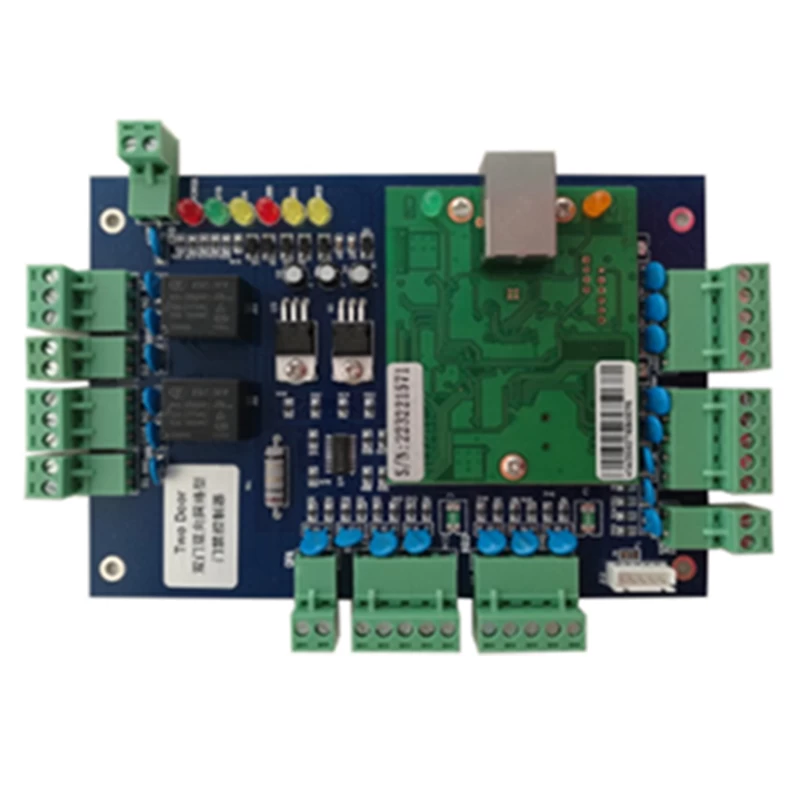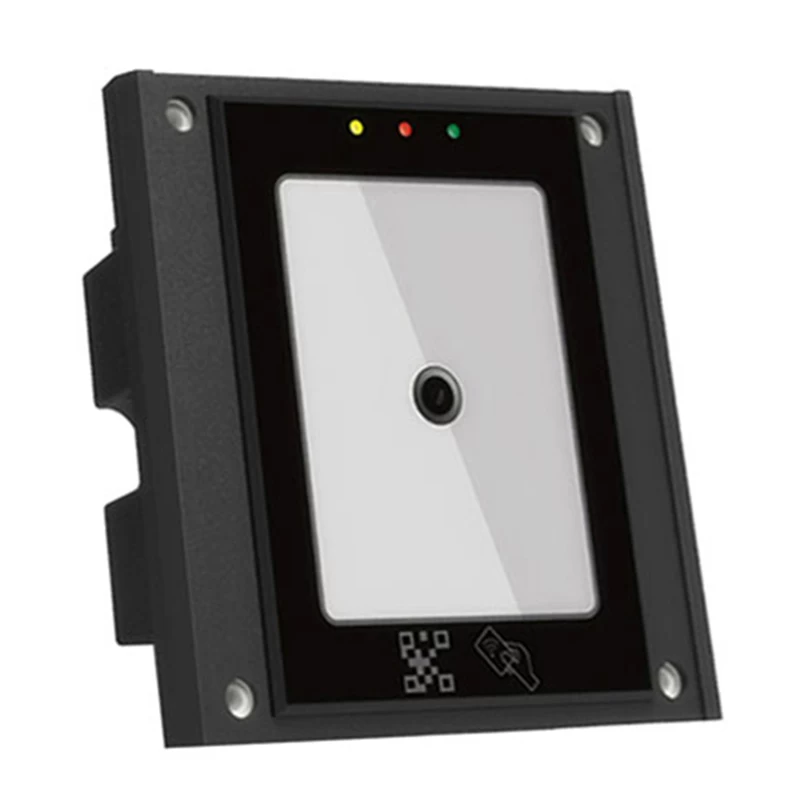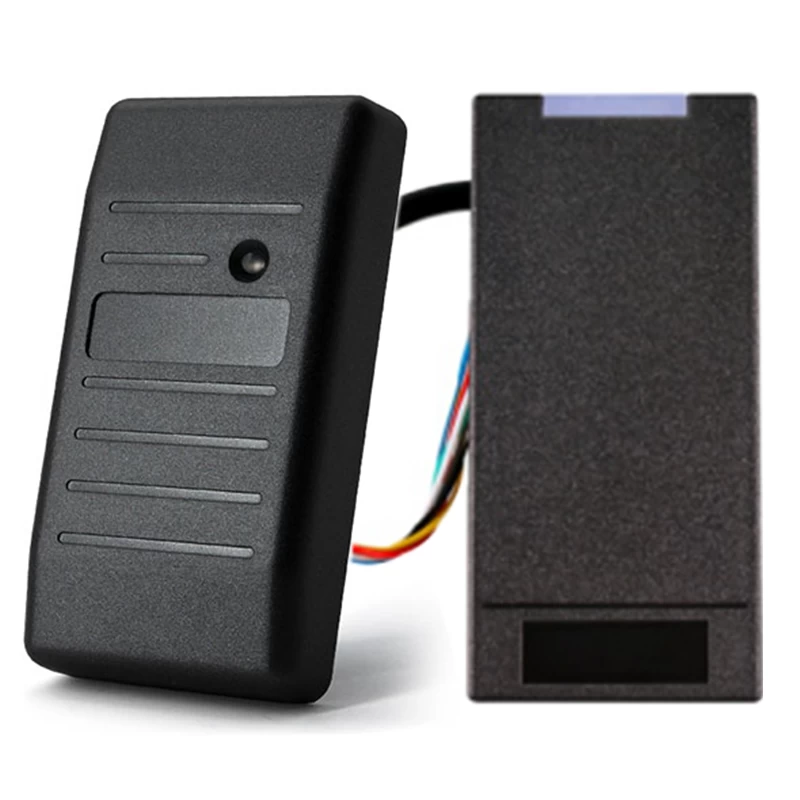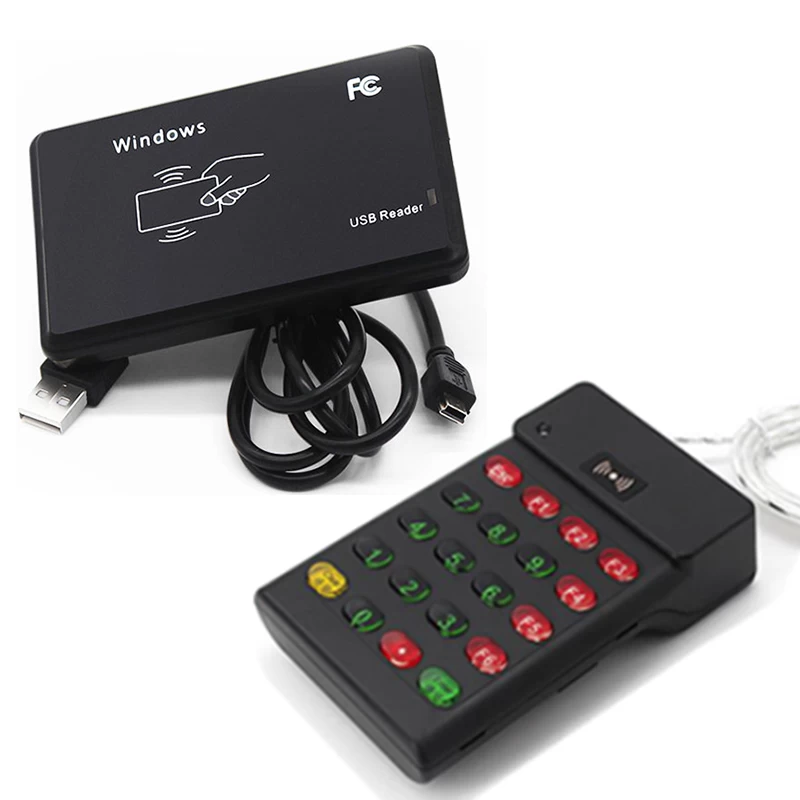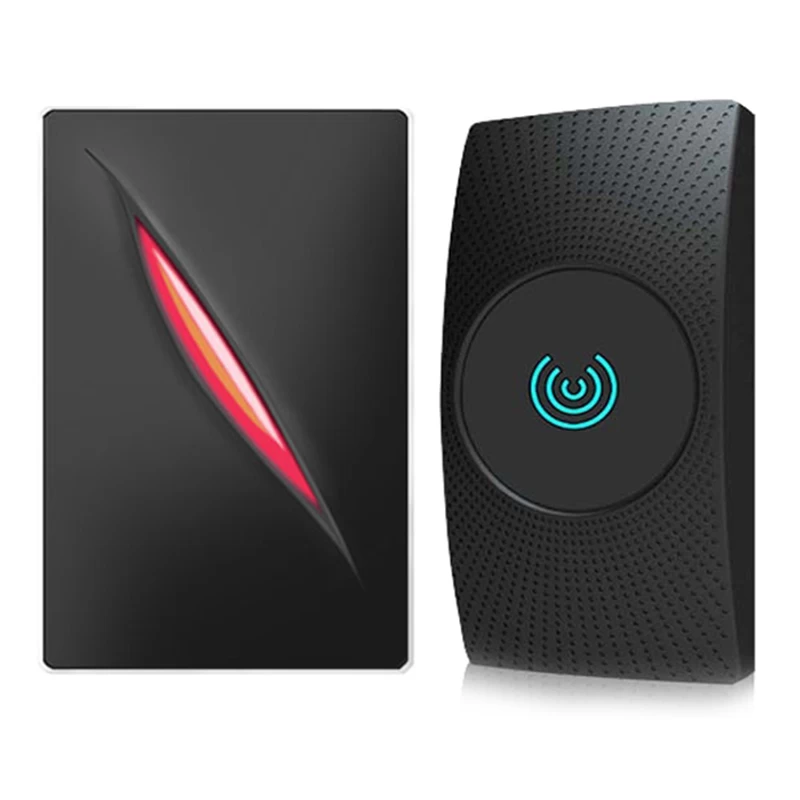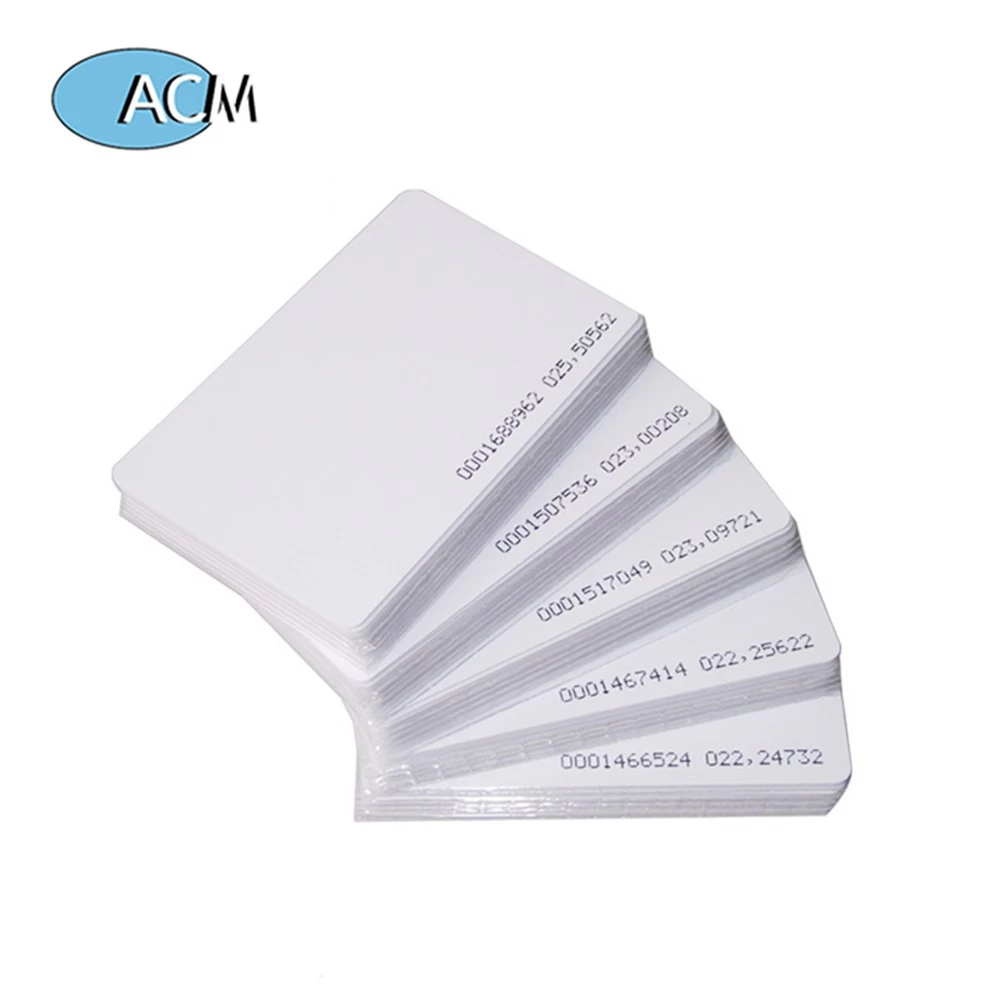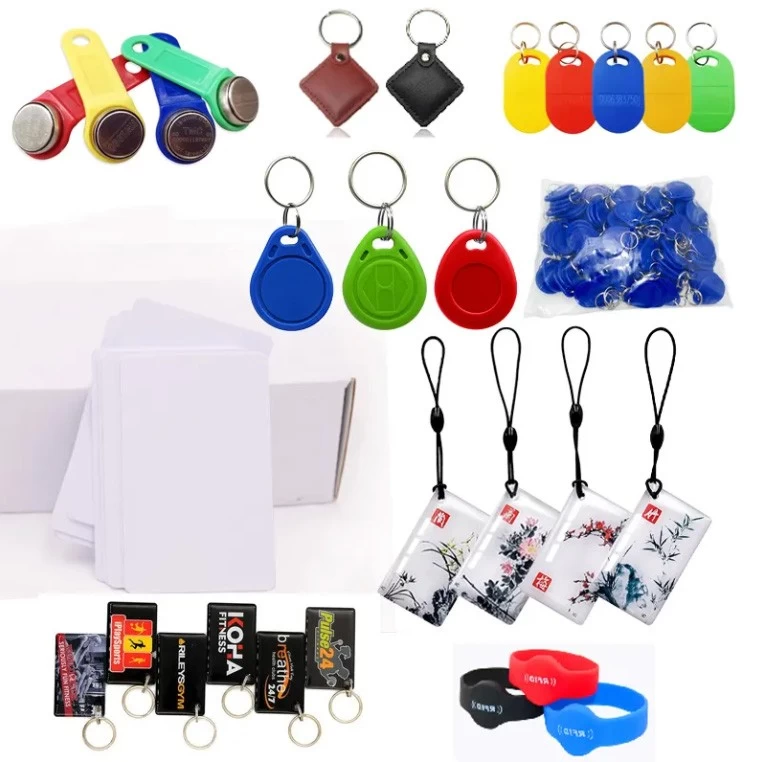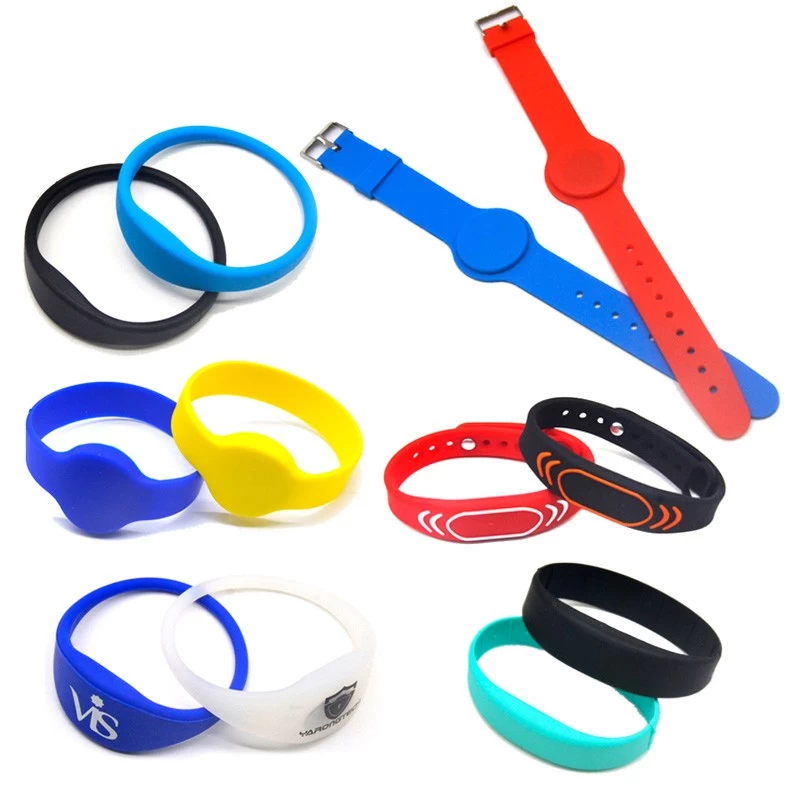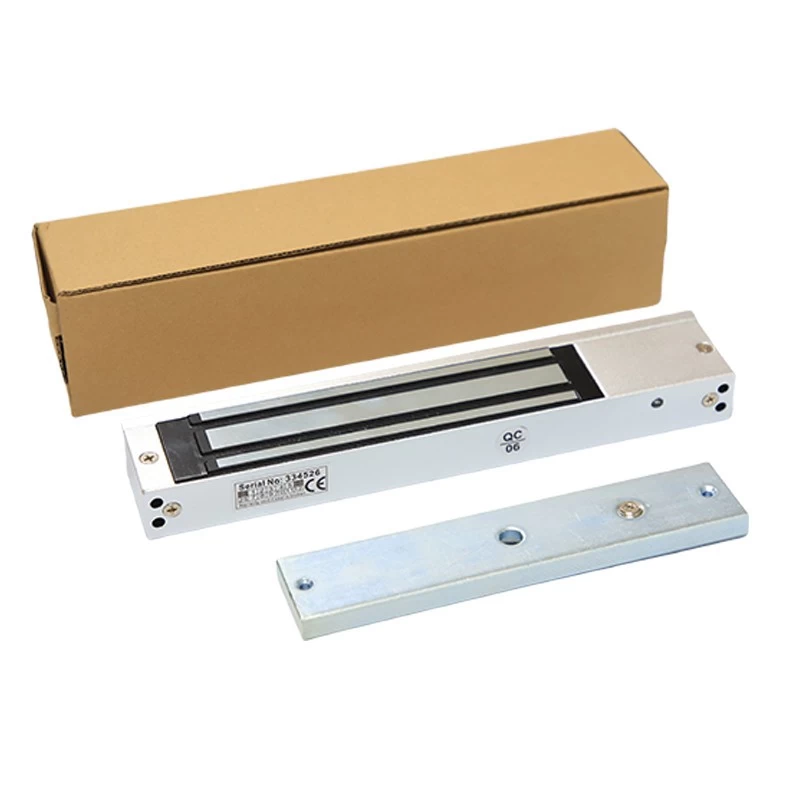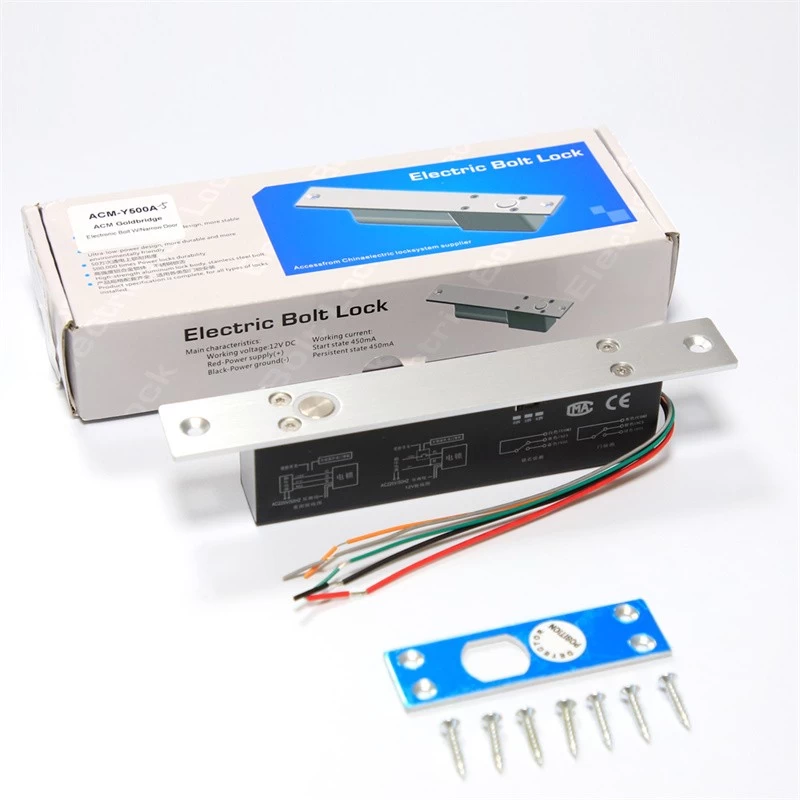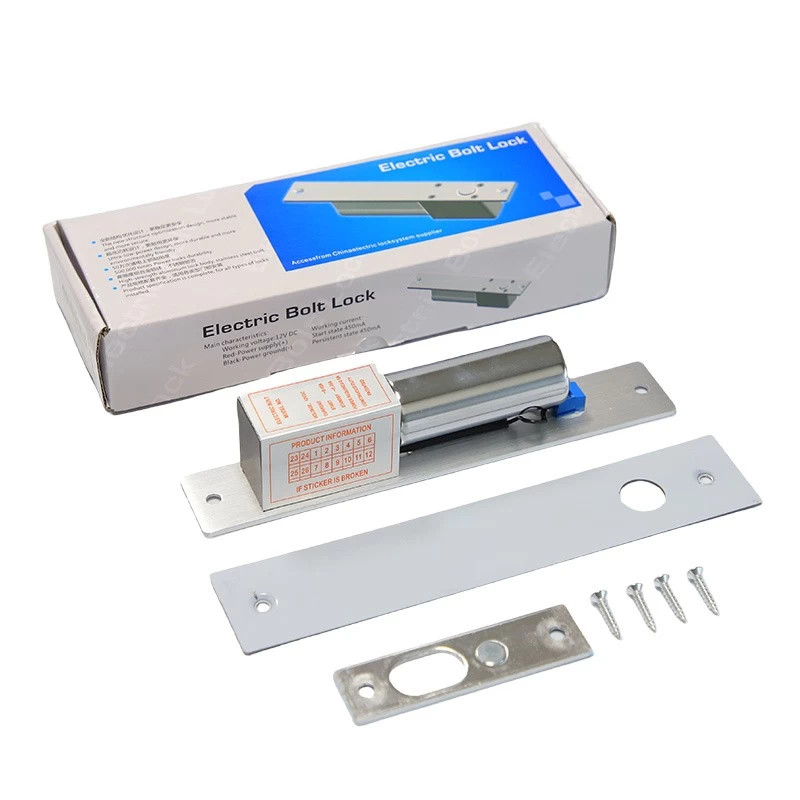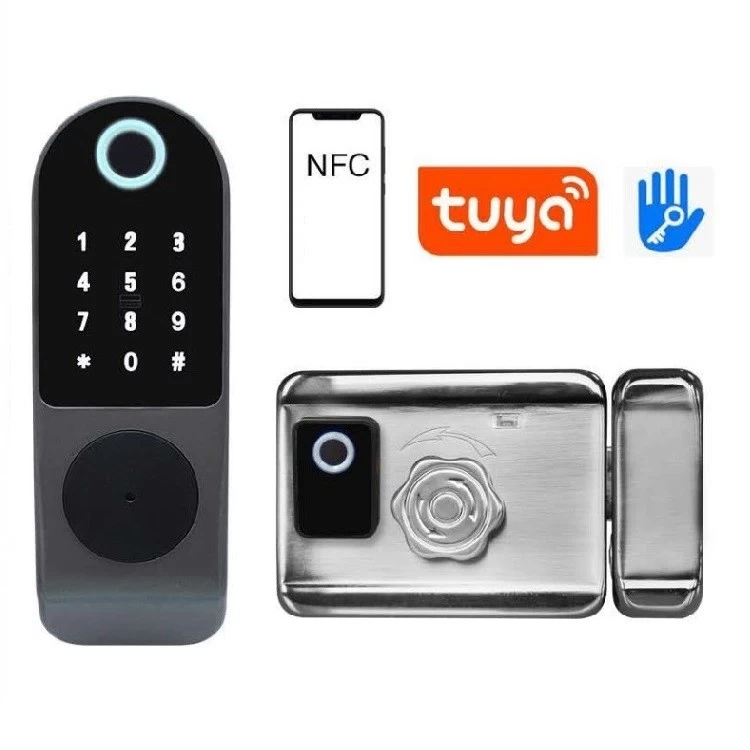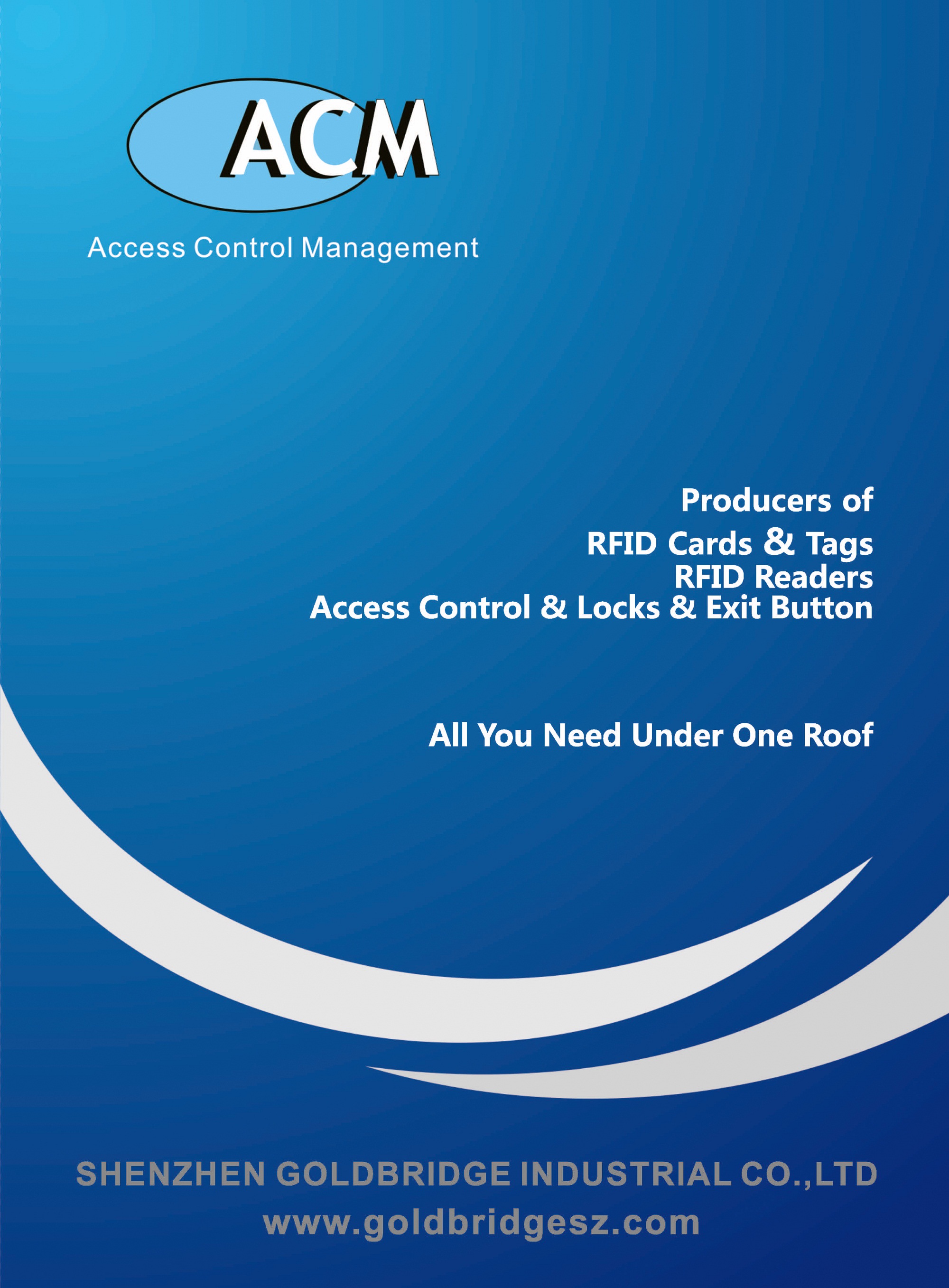RFID Technology Revolutionizes Inventory Management in Retail Sector
How RFID Readers Are Changing the Game
RFID readers, devices that use radio waves to identify and track tags attached to objects, are becoming a cornerstone of modern inventory management. Unlike traditional barcode systems, RFID technology does not require line-of-sight scanning, enabling faster and more accurate data collection.
Retail giants such as Walmart, Zara, and Amazon have already integrated RFID systems into their operations. These systems allow retailers to track products in real-time, from warehouses to store shelves, ensuring better stock visibility and reducing instances of out-of-stock items.
Key Benefits of RFID Technology
-
Improved Inventory Accuracy: RFID readers can scan hundreds of items simultaneously, significantly reducing the time and labor required for inventory checks.
-
Enhanced Customer Experience: With accurate stock information, retailers can fulfill online orders more efficiently and reduce delivery times.
-
Loss Prevention: RFID systems help detect and prevent theft by monitoring the movement of high-value items.
-
Sustainability: By optimizing inventory levels, retailers can reduce overstocking and minimize waste.
Industry Leaders Weigh In
John Carter, CEO of a leading retail solutions provider, stated, "RFID technology is no longer a luxury; it's a necessity for retailers who want to stay competitive in today's fast-paced market. The ability to track inventory in real-time is a game-changer."
Sarah Thompson, a store manager at a major fashion retailer, shared her experience: "Since implementing RFID readers, our inventory accuracy has improved by over 95%. We can now focus more on serving our customers rather than dealing with stock discrepancies."
Challenges and Future Outlook
While RFID technology offers numerous benefits, its adoption is not without challenges. The initial cost of implementing RFID systems can be high, and some businesses face technical hurdles during integration. However, industry experts predict that as the technology becomes more affordable and accessible, its adoption will continue to grow.
Looking ahead, RFID technology is expected to expand beyond retail into sectors such as healthcare, logistics, and smart cities. Innovations like battery-free RFID tags and advanced data analytics are set to further enhance its capabilities.
Conclusion
The rise of RFID readers marks a significant milestone in the evolution of inventory management and retail operations. As more businesses embrace this technology, the retail landscape is poised to become more efficient, customer-centric, and sustainable.
